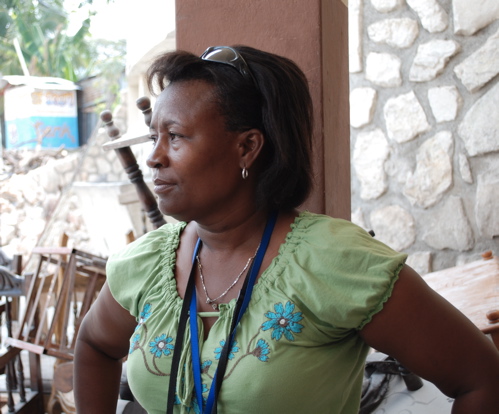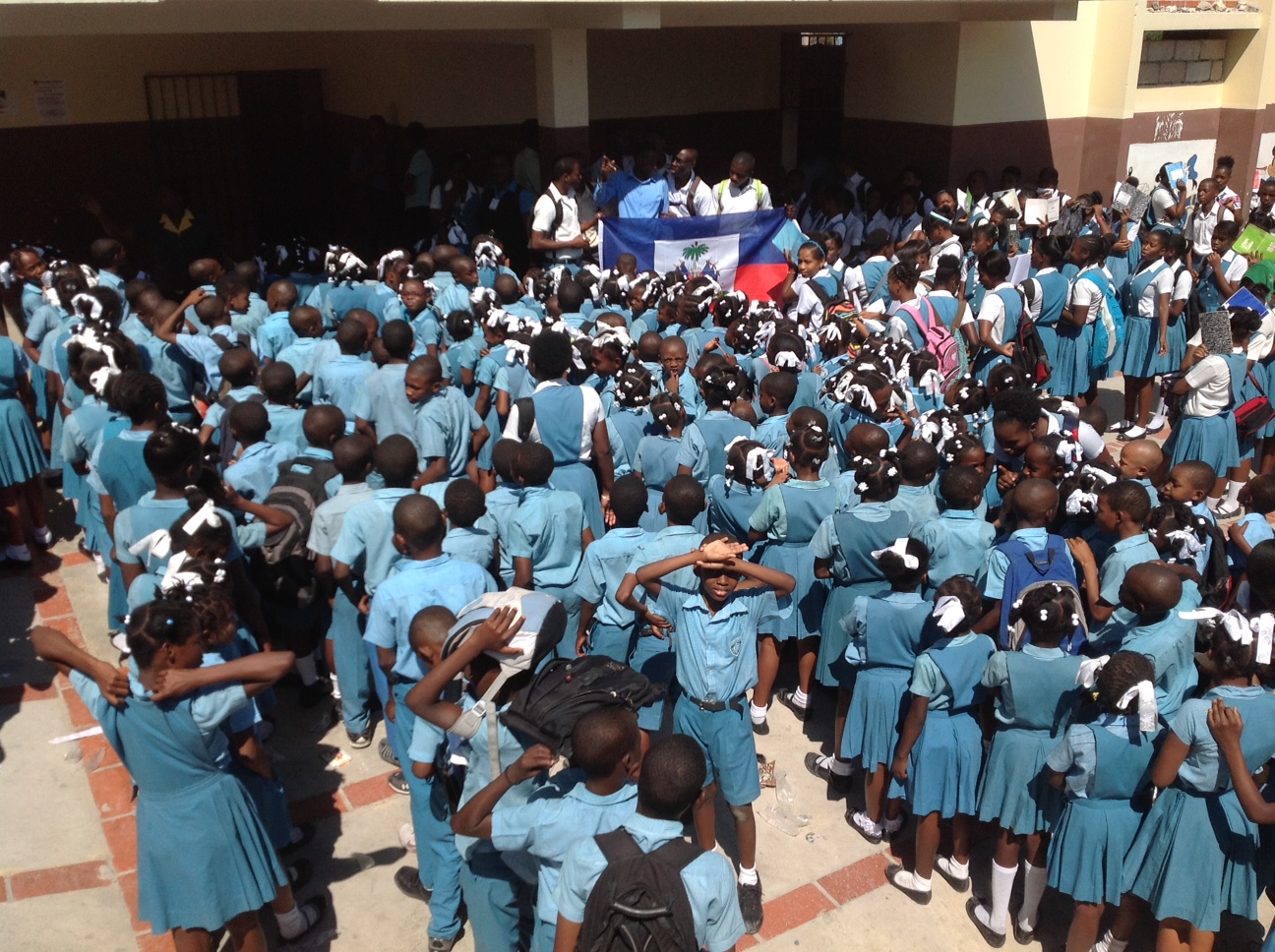
January 12, 2010. Three years ago, the ground opened in Port-au-Prince, and across Haiti. And now … every year, a new memorial service. Every year, the same questions: What happened? What has happened since? What has happened in the last year? Who cares?
It is certainly the case that so-called international community, which is neither international nor community, has shamed itself in Haiti. As one writer recently noted, speaking of the United States, “Americans have loved Haiti to death. We are listless, lazy, cheating lovers who don’t have the stamina to go the distance in a relationship. Haiti is just too much work.”
Haiti is just too much work … and, as far as the international community, Haiti is filled with too many Haitians. The so-called peacekeeping forces brought cholera; the so-called donors brought thorough lack of transparency, corruption, and devastating ineffectiveness. Meanwhile, Haitians up and down the streets and hills, and across the political spectrum, knew and complained that something and everything was wrong in the process. They knew, and said volubly, that the powers that be were refusing to listen. That this Foundation and that Fund were talking only among themselves.
So, where are `we’ now? For those who do write about Haiti (and notice how the attention has narrowed, waned, and weakened), there’s much handwringing about learning the `art of listening’. There’s much talk about how hard the road is, as if `we’ hadn’t designed and built this particularly dreadful road.
Meanwhile, Haitians keep on keeping on. Organizing, struggling, dealing with their positioning in the global political economy, dealing with the international community’s predation that masks itself as benevolence. Not much has changed, and yet, of course, everything has.
Women workers and organizers, such as Yannick Etiennc, continue to organiz, especially in the textile and garment factories. 21 of 22 garment factories are thought to violate minimum salary laws. How many garment factories in Haiti have lost their preferential treatment, by the US government, because they violate workers’ rights … and the labor laws? Zero. The struggle continues, exactly as it did before.
In the Morne Lazarre section of Pétion-Ville, Réa Dol continues to organize the SOPUDEP school. The school had always addressed the violence of inequality, the legacies of State violence. It was a center of transformation, from its inception, pushing for free and accessible education and community economic empowerment. Since the earthquake, the work has intensified, and at the same time has remained the same: building community, building strength.
Women like Malya Villard-Appolon, founder of KOFAVIV, have continued to build on the work of Haitian feminists and organizers Anne Marie Coriolan, Magalie Marcelin and Miriam Merlet, to stop violence against women. Since the earthquake, that struggle has moved from shacks and factories to tent cities and then back to police stations and court houses. The struggle continues.
And then of course there are all the unrecognized women, women like Tante Rezia, who spend their lives in necessary silent support of family, community, neighbors, and themselves.
Haitians have always been on the move, always organizing, and their work has always been loud and proud. It takes a lot of work to not-hear and not-see. It always has taken a lot of work to not-hear and not-see. That has always been the work of the international community in Haiti, to smell the lilacs in bloom and declare the bouquet is fetid and the flower is blight.
(Photo Credit: SOPUDEP.org)
